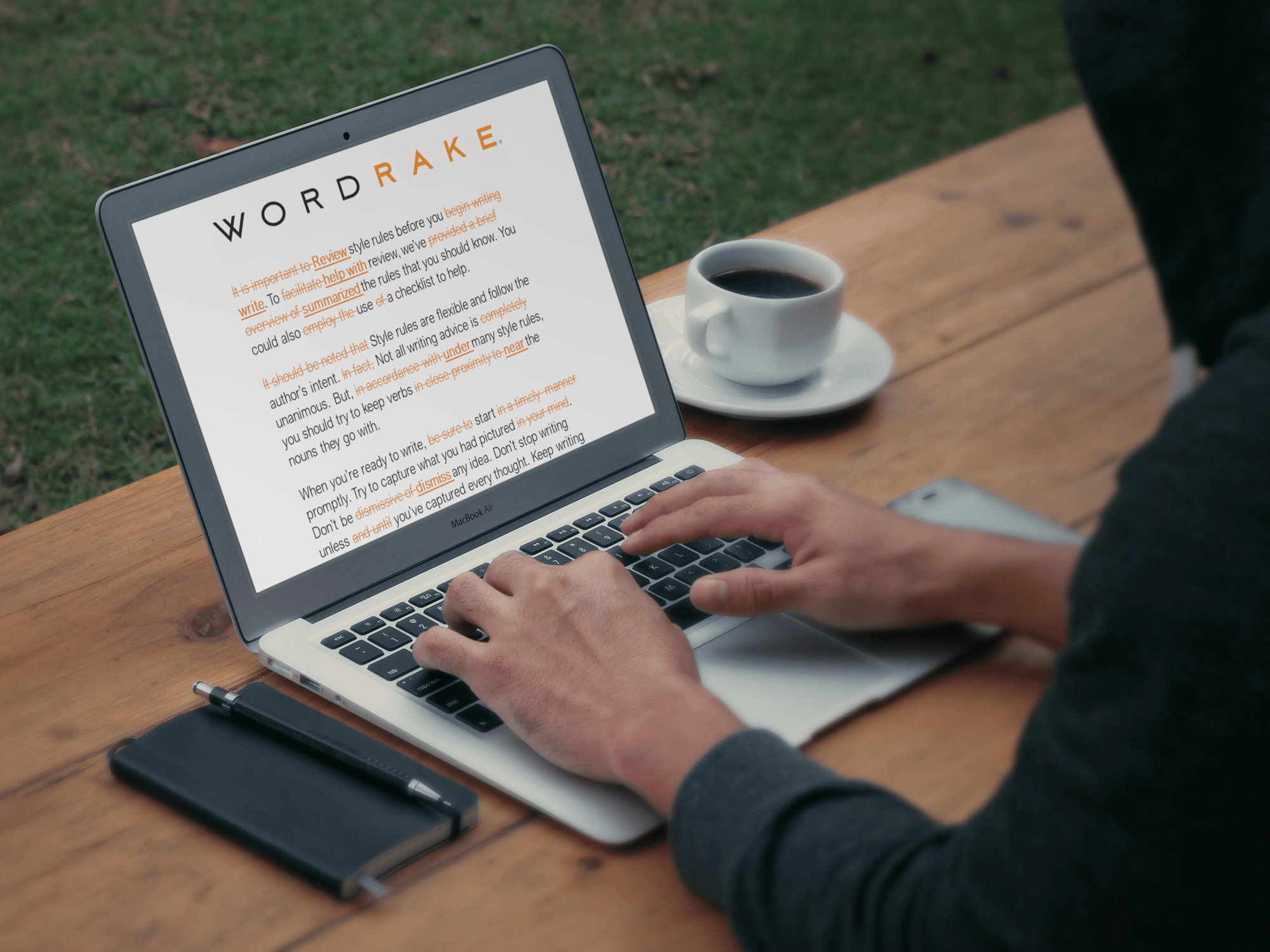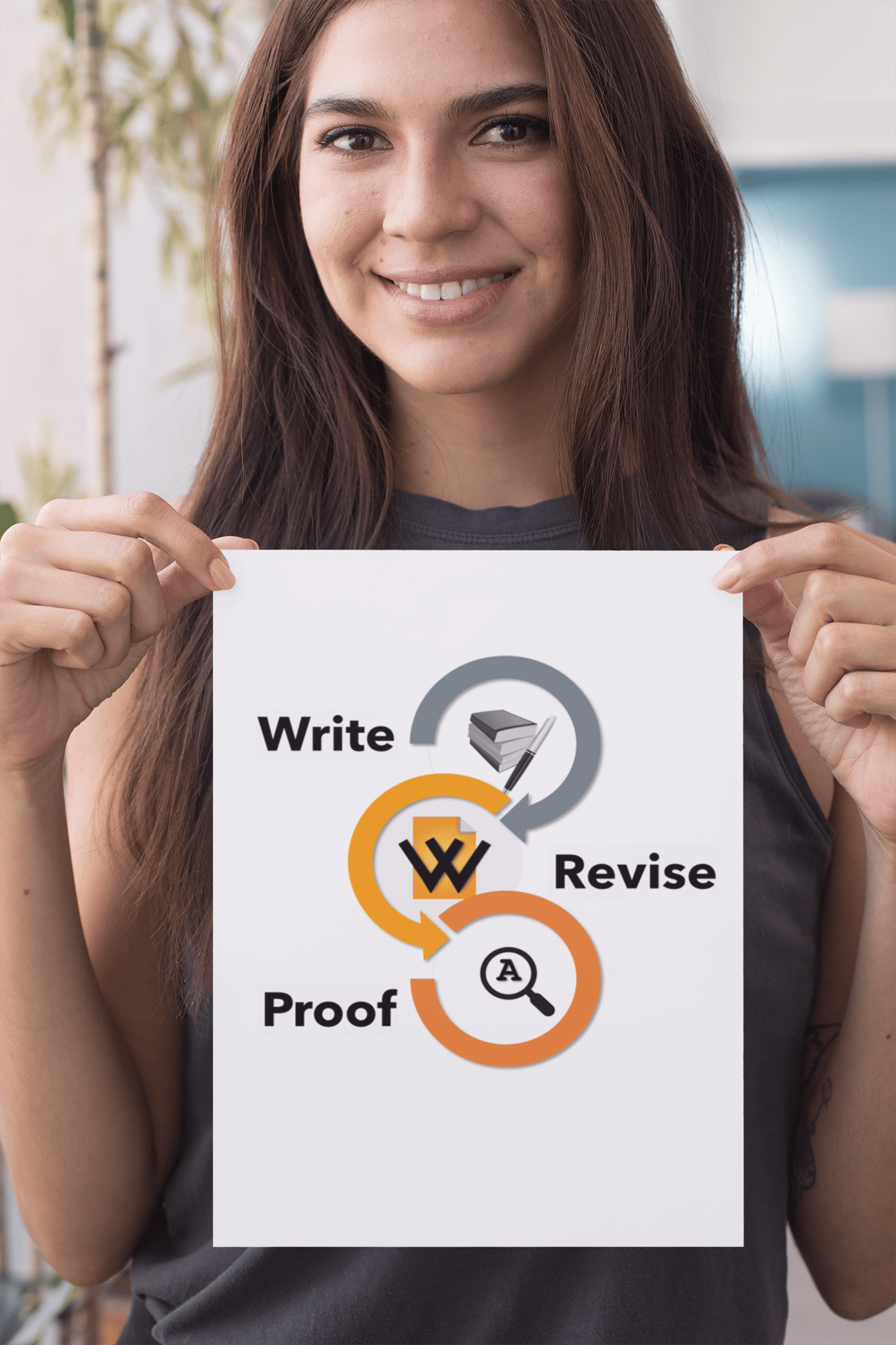WordRake provides an in-house editor to any professional who wants to clarify and strengthen their writing. Run it through a document and watch it catch flimsy phrases and cluttered clauses that keep readers from your intended meaning. Not only does it elevate your sentences’ clarity, but it instills greater confidence as a writer, helping you identify bad writing habits you can learn to leave behind. I recommend WordRake to anyone working with words.













